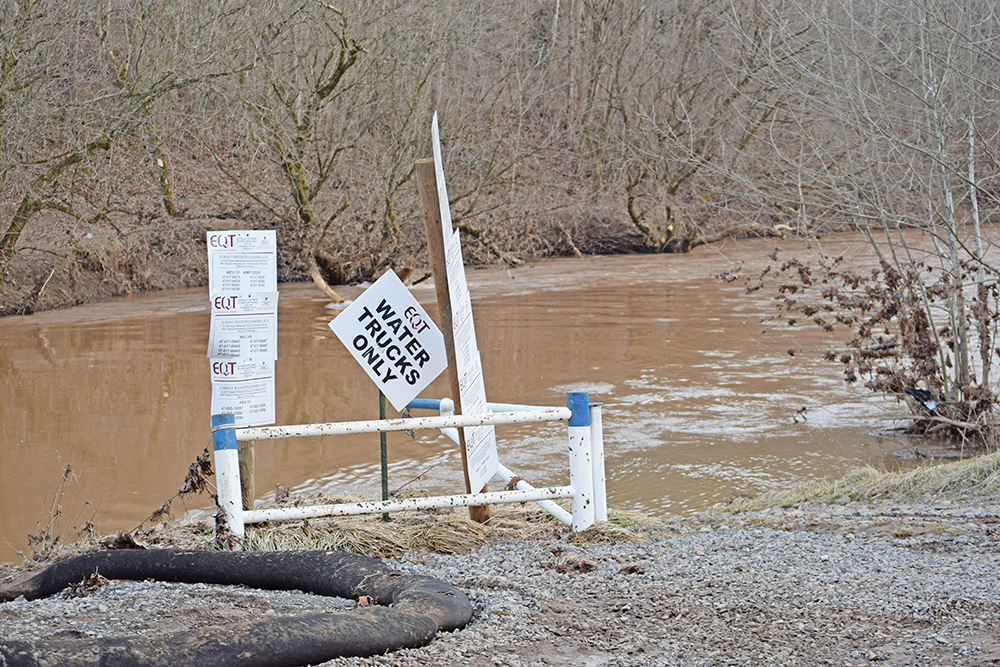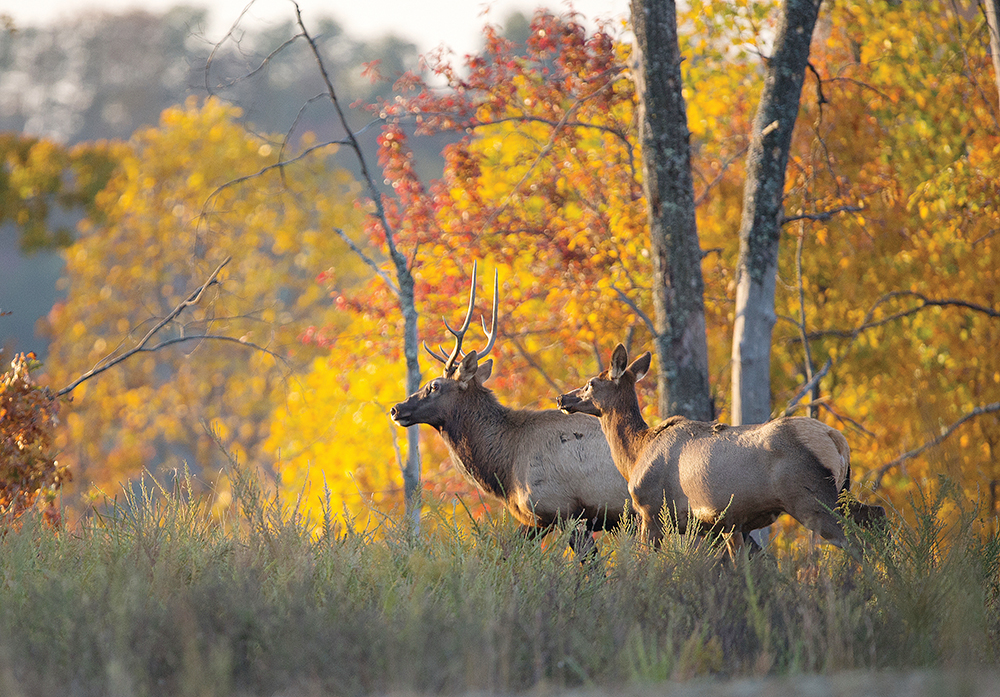Written by AV's Intern Team
AV's Intern Team
Every year, Appalachian Voices is fortunate to assemble a phenomenal team of rockstar interns from numerous Appalachian and East Coast universities. Enjoy these posts from our interns.
Clean Power Plan Comes with Options and Opportunities
The federal Clean Power Plan is moving forward — and many states are moving forward with implementation plans — despite an unfriendly reception from many Appalachian politicians.
A Burning Problem
Students on an Alternative Spring Break tackle the problem of illegal trash fires and their associated health risks.
Appalachian Crayfish: Canaries in a Coal Mine
 Two species of crayfish native to Appalachia are in danger of becoming extinct after years of suffering habitat loss and water quality impacts attributable to mountaintop removal coal mining and other industrial activity. The U.S. Fish and Wildlife Service agency is proposing the species be listed as endangered under federal law. Whether or not they are pushed past the point of no return depends largely on the outcome of a recent proposal by the agency to add them to the federal list of endangered species.
Two species of crayfish native to Appalachia are in danger of becoming extinct after years of suffering habitat loss and water quality impacts attributable to mountaintop removal coal mining and other industrial activity. The U.S. Fish and Wildlife Service agency is proposing the species be listed as endangered under federal law. Whether or not they are pushed past the point of no return depends largely on the outcome of a recent proposal by the agency to add them to the federal list of endangered species.
Under Pressure: A Fractured Relationship with Natural Gas
Across the East, fracking for natural gas is advancing in starts and stops — as some states embrace the practice, another bans it, and still more consider the risks and potential rewards of entering the fracking fray.
Digging Under the Surface: West Virginia’s Fracking Boom
Many West Virginia landowners agreed to sever the right to use their land from their rights to the minerals buried beneath the surface long before the onset of fracking technology. Today, fracking operators are using those old leases to bring industrial development to formerly secluded country homes, like the ridge above David Wentz’ house.
Pipe Dreams: The push to expand natural gas infrastructure
Landowners whose property lies along a natural gas pipeline route worry about local impacts, while others warn of the long-term consequences that could come with a reliance on this fickle fuel.
Citizen Scientists Tackle Climate Change
Across the region, volunteers from all walks of life are recording when the dogwood blooms and when the warblers arrive. These citizen scientists are compiling observations that help researchers monitor subtle changes in seasonal events, and provide the backbone for extensive projects to track climate change.
State Legislative Updates
While lawmakers in Washington, D.C., might get most of the spotlight, the legislators in state capitols across the region are busy making — and blocking — laws that affect Appalachia’s land, air, water and people. Here’s the latest updates from state legislatures around the region
Elk Make Slow Return to Appalachia
When European colonists arrived in the 1400s, Eastern elk were the most widespread hooved animal on the continent, but the subspecies was declared extinct by 1880. Today, however, another type of elk are slowly returning to Appalachia.


 The communities near Duke Energy’s Belews Creek power plant and coal-ash dump in North Carolina have suffered a long time from water pollution. Now the state is poised to allow the natural gas industry to drill fracking wells nearby. Citizens are saying “enough.” The NAACP announced a civil rights investigation at a recent press conference and took its protest to the state capitol at a “Moral Monday” rally. Appalachian Voices is standing in solidarity with these champions for environmental justice.
The communities near Duke Energy’s Belews Creek power plant and coal-ash dump in North Carolina have suffered a long time from water pollution. Now the state is poised to allow the natural gas industry to drill fracking wells nearby. Citizens are saying “enough.” The NAACP announced a civil rights investigation at a recent press conference and took its protest to the state capitol at a “Moral Monday” rally. Appalachian Voices is standing in solidarity with these champions for environmental justice. 




